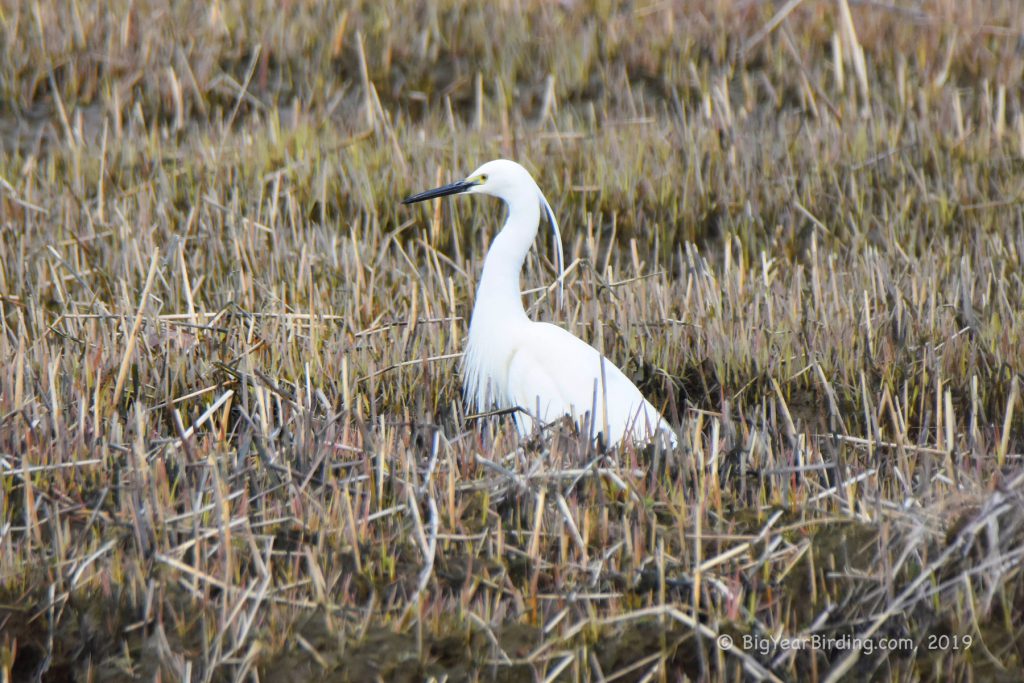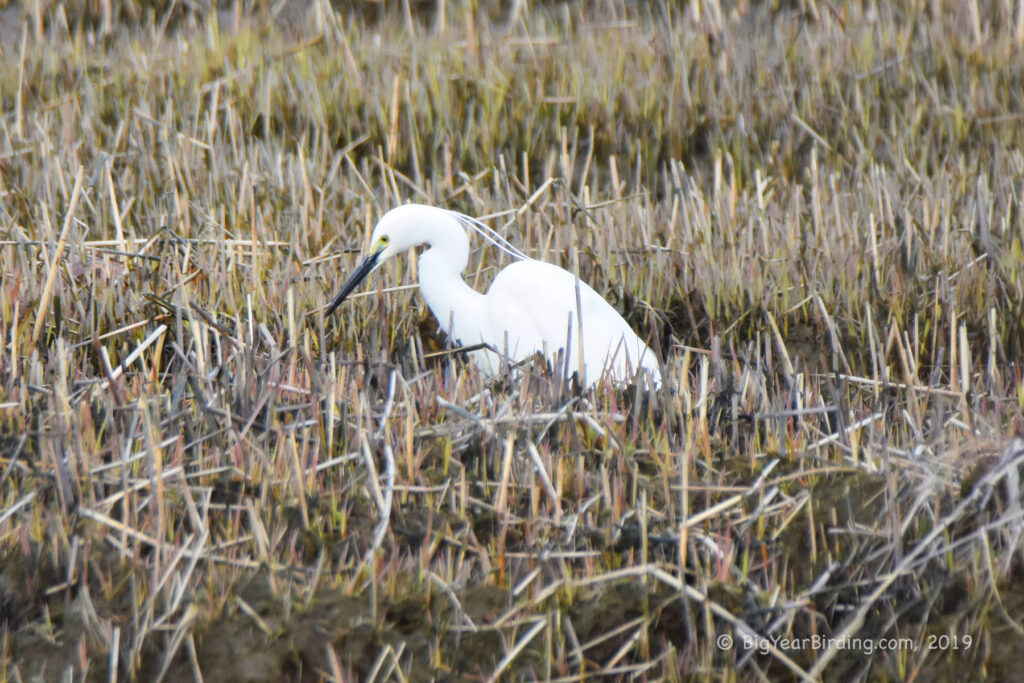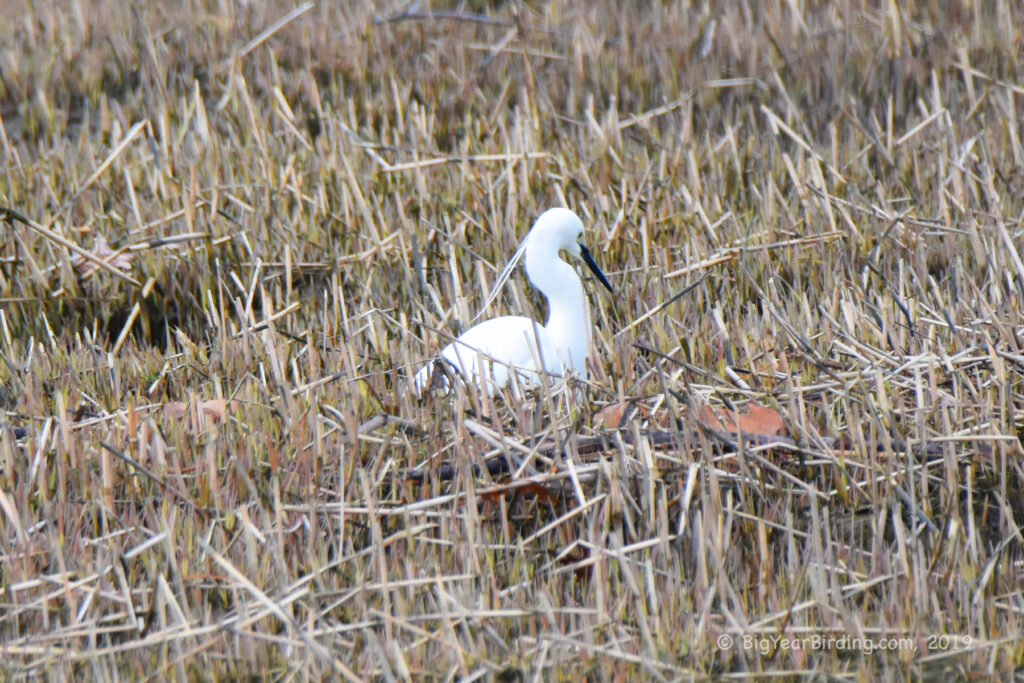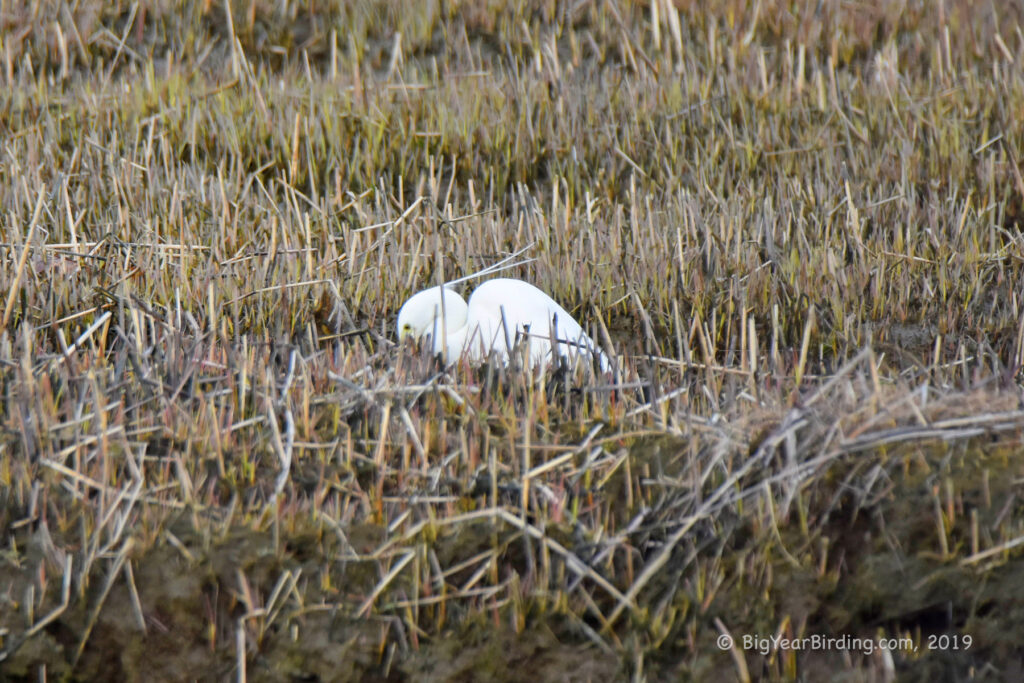
The Little Egret (Egretta garzetta) is a small, slender, and graceful heron that is found across much of the Old World. Adults are about 22-26 inches long and weigh between 0.6 to 1.3 pounds, with a wingspan of approximately 3 feet. Their plumage is entirely white, with long, slender black legs and a pointed yellow bill. During the breeding season, they develop long, lacy plumes on their backs that can extend up to 10 inches beyond their tails.

The Little Egret can be easily distinguished from other herons by its black bill, slender body, and bright yellow feet. The feet are particularly useful in identifying them when in flight or wading in shallow water. The Little Egret also has a distinctive, rapid, and shallow flight pattern, with its wings held in a distinctive V-shape, and its long neck pulled back.
The Little Egret is a migratory bird, with some populations making long-distance journeys of over 3,000 miles each way. In Europe, the Little Egret is primarily a summer visitor, arriving in April and leaving in September, while in Africa, they are resident all year round. In Asia, they breed in northern regions during summer and migrate to the southern regions in winter.
The Little Egret is typically found near water, including estuaries, rivers, and lakes, and can often be seen standing still in shallow water, waiting for small fish, frogs, and other aquatic creatures to come within range. They are also known to eat insects, small mammals, and occasionally reptiles.

Despite being widely distributed across much of its range, the Little Egret has faced a number of threats in recent years, including habitat loss, pollution, and hunting. However, thanks to conservation efforts, populations in some areas have increased, and the Little Egret is now considered a species of “least concern” by the International Union for Conservation of Nature (IUCN).

